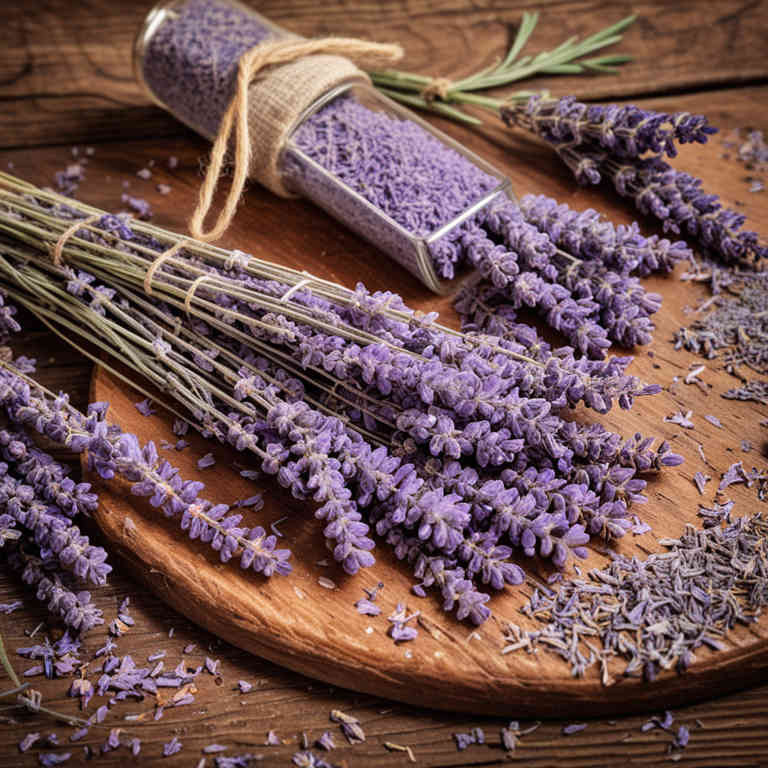Lavandula angustifolia decoction for medicinal use

Lavandula angustifolia decoction is a preparation made by boiling the dried flowers of lavender in water to extract its active compounds.
This herbal remedy is commonly used in herbalism for its calming and soothing properties. It is often employed to alleviate symptoms of anxiety, insomnia, and stress-related disorders. The decoction may also help with skin irritations and digestive issues due to its anti-inflammatory and antispasmodic effects.
In traditional medicine, it is valued for its ability to promote relaxation and improve overall well-being.
Uses
Lavandula angustifolia decoction has been used to treat a variety of ailments for centuries due to its calming and antiseptic properties.
Historically, it was valued in ancient civilizations such as Greece and Rome for its soothing effects on the mind and body. In traditional medicine, it was often used to alleviate anxiety, promote sleep, and ease symptoms of digestive issues. Modern applications include its use in aromatherapy, topical applications for skin conditions, and as a complementary therapy for stress relief.
Today, it remains a popular herbal remedy, supported by both traditional knowledge and contemporary scientific research.
Benefits
Lavandula angustifolia decoction has health benefits such as promoting relaxation, reducing anxiety, and improving sleep quality.
It is commonly used to alleviate symptoms of stress and insomnia due to its calming properties. The decoction may also have anti-inflammatory and antimicrobial effects, supporting overall wellness. It can aid in digestive health by soothing the stomach and reducing bloating.
Additionally, it is believed to have mild pain-relieving properties, making it a valuable natural remedy for various ailments.
Constituents
Lavandula angustifolia decoction active constituents include lavandins, linalool, linalyl acetate, terpenes, and flavonoids.
These compounds contribute to the decoction's calming and antiseptic properties. Lavandins and linalool are primarily responsible for its soothing effects on the nervous system. The terpenes provide antimicrobial and anti-inflammatory benefits.
Flavonoids support overall health by acting as antioxidants and enhancing immune function.
Preparation
To make Lavandula angustifolia decoction, begin by gathering 1 to 2 tablespoons of dried lavender flowers.
Place the lavender in a pot and add about 2 cups of water. Bring the mixture to a boil, then reduce the heat and let it simmer for 10 to 15 minutes. Strain the liquid through a fine mesh strainer or cheesecloth to remove the plant material.
Allow the decoction to cool slightly before drinking, and consume it warm, either as a tea or diluted with additional water if desired.
Side Effects
Lavandula angustifolia decoction may lead to gastrointestinal discomfort, including nausea, vomiting, and diarrhea, particularly when consumed in large quantities or on an empty stomach.
It may also cause drowsiness or sedation due to its mild sedative properties, which can interfere with daily activities. In some cases, it may lead to allergic reactions, such as skin rashes or itching, in individuals sensitive to lavender. Prolonged use could result in liver toxicity, although this is rare and typically associated with high doses or long-term consumption.
It is important to consult a healthcare professional before using lavender decoction, especially for those with pre-existing medical conditions or who are pregnant.